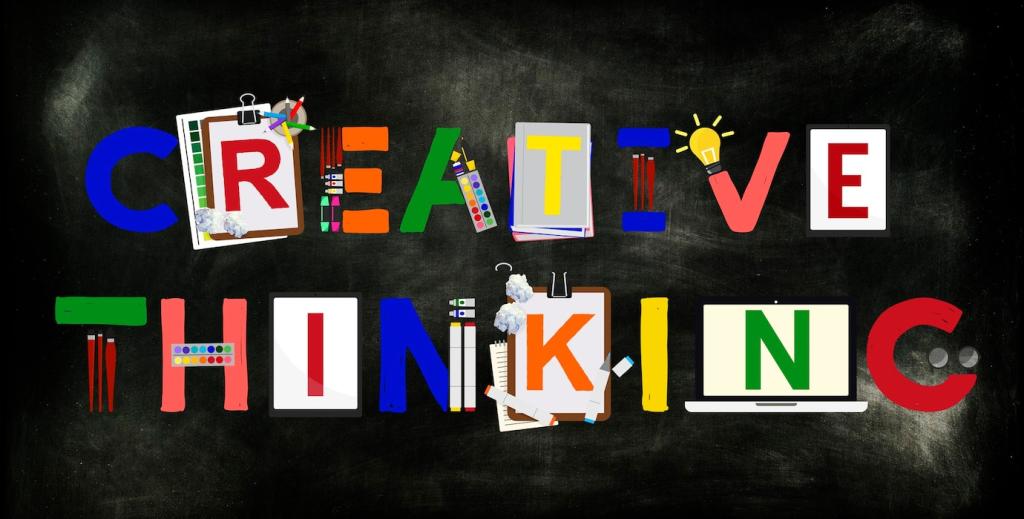AI-Powered Personalization Takes Center Stage
Modern platforms identify precise skill gaps and instantly assemble adaptive pathways matched to tasks, tools, and performance goals. Instead of one-size-fits-all playlists, professionals receive targeted micro-assignments, on-the-job scenarios, and resources aligned with real deliverables. Comment if you’ve tested adaptive learning and share what actually stuck.
AI-Powered Personalization Takes Center Stage
Copilot-style assistants now surface tips, examples, and practice prompts inside everyday tools, turning moments of friction into moments of growth. Imagine feedback on your draft proposal, code snippet, or presentation, delivered instantly and tuned to your organization’s standards. Would you pilot an AI coach for your team this quarter?





